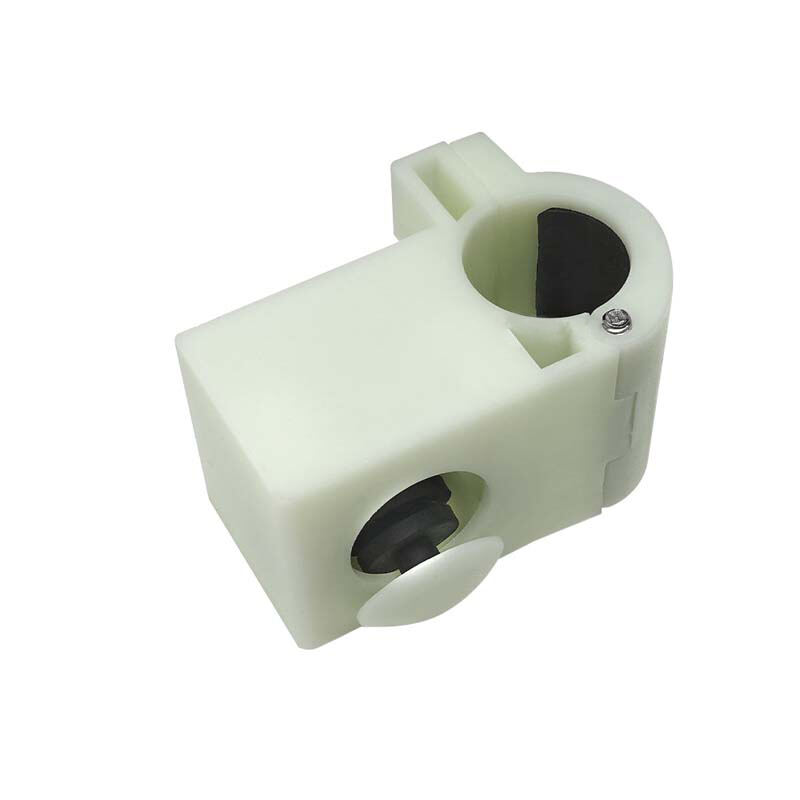Everything you need to know about designing parts for CND machining- An overview from beginner
Congratulations on engineering components FOR CNC machining-a tough, delicate and wonderful procedure to manufacture. With the evolution of modern manufacturing technologies, computer numerical control (CNC) machining has become a requisite for almost every industry. CNC Machining refers to the process of using computers to control machine tools that make raw materials into a finished good, accurately and quickly. For experienced machinists, plunging into part design right out of the gate for CNC can be toilsome and certainly daunting for beginners. So a complete guide for those beginners how to learn CNC machining design from basic and with some practical suggestion.
5 Things you should do RIGHT NOW to design your CNC machined parts like a Pro
1. Know Your Machine Capabilities
You and your team will certainly design parts for CNC machining that take into account these limitations in the future. Collaborating efficiently with your CNC supplier will be a good practical experience on how to design not only functional accurate parts but also machining friendly designed-for varieties across different machines you have at disposal, while still focusing on quality.
2. Design for Fabrication
Manufacture ability is by far the largest consideration and it means designs must be created so that parts features can actually made in a competent manner. Remember: consider the tooling for cutting and machining, and setup time when you design your parts. Design for standard sizes and shapes if at all feasible.
3. Enjoy The Benefit Of Master CAM Solid Works
In order to be able to produce intricate part designs for CNC machining, computer-aided design (CAD) is essential... CAD allows to display all axial 3D models and this might come in very handy when you instead max the design process but so secure hundred percent before production error.
4. Why Does Picking the Right Materials Matter
One of those components would be choosing the right material for CNC machining design. The kind of material you selected will add so much more knowing properties on each type to should it matched with what end use applications, thus the quality and strength when you parts is out not only from how did u going to 3D design.
5. Conduct Thorough Testing
The design has to be scrutinized adequately for testing in the manufacturing of parts. Prototyping your electrical box design, if not done through this phase could end in defects of the product that will only be detected later on post manufacture.
Step by Step Process For Designing CNC Machined Parts
1. The Role of a Part and Its Prerequisites
Admin - January 25, 2017 To design a part for CNC machining you must first define the purpose of this piece and what specific features will be needed in order to accomplish these goals. This enables you to design something which works as intended (and does what it needs that part of the specification).
2. Sketch Your Design
When you are designing something, Sketch it on the papers or any 2D software for better perfection. Consider the assumed basic shapes of load and provide for simple rough (first-cut) design based on their size & tolerances.
3. Develop a 3D Model
CAD Ensurement: Use CAD software to take a 2D design and turn it into an elaborate digital rendition. The 3D model has to be as close as possible to the final product in order for you (or your collaborators) give it a proper analysis and well adjust that.
4. Make adjustments to your design if This is necessary
Use software tools to check your design for potential interference or tolerance mismatches. By designing your part to be as close as possible, it will require less time and processing (milling area) when adjusting for machining.
5. Generate a CNC Program
Create CNC programs for your parts from use 3D models in CAM (Computer-Aided Manufacturing) software. All it does is to guide the CNC machine on how to cut using programs.
6. Machine Your Part
After you write the CNC program to that machine, now we are able to execute it on a system which means our game of machinery and digital starts as this is literally how does CNC machining process begins. The work piece will grow as the material is eroded according to programmed patterns and configurations.
Basics Learn The Optimize Read more Recommended Resources
1. Emphasize Tolerance and Accuracy
Why CNC Machining Requires The Right Tolerances For Fine Accuracy Our parts in CNC machining need to be on different fits and this can only [...]
2. Avoid Sharp Features
Avoid creating sharp corners and edges to prevent your designs from causing the tools breakage during machining.
3. Optimize Machining Direction
Use machining axis to optimize CNC machining utilization and at the work piece approach.
4. Factor in Material Hardness
Take into account this material hardness when choosing materials to avoid high tool wear and accordingly, production costs.
5. Opt for the Right Tools
Choose a longer-lifetime and more accurate tools like carbide cutting tools.
Step By Step Guide for First Time
It is daunting for beginners to start designing parts that you want manufactured using the CNC machining process. These are strategies that beginners can use to work around the design process, with a bit more confidence.
1. Forming a CNC knowledge base
Before you start your design, read this blog post to get an introduction into the basics of CNC machining and build a good base.
2. Start Small and Build Skills
This way you can begin with easy assignments, and as your confidence grows so will the complexity of items that you assemble.
3. Utilize Educational Resources
Learn CNC machining design(PDF): Use online courses to read books if you will improve and better understating.
4. Collaborate with CNC Experts
Collaborate with CNC manufacturers and work off their years of domain expertise to understand manufacturer part design practices at lower costs.
Efficient Production Cost Techniques
Although there are costs associated with designing parts to be CNC machined, the following can also help make up for those expenses.
1. Simplify Your Designs
If a design can be produced and machined in lesser time, cost is much less.
2. Standardize Sizes and Shapes
Using standard sizes and shapes can reduce tooling costs - e.g., molds, etc. It is faster and cheaper to grab something off the shelf rather than have it custom designed for you (and less error prone).
3. Minimize Setup Changes
On the machine side Lower number of set-ups (Max), Minimize Set up time(Min) MAC+V cuts Machine Setting costs.
4. Optimize Tool paths
It is always a good idea to optimize your tool path as much time and money can be wasted cutting fresh air.
In conclusion, the point where one becomes skilled at designing parts for CNC machining is a long journey that marries knowledge of what you do to best practices and carries on through perfection. This guide is a small book with what can be seen as a condescension, in which you ignite advice and paragraphs at every corner of the pages being preparing each beginner CNC designs trying to start this confident journey! Remember, practice makes perfect so keep working on your skills and designs to get good results in CNC machining.





 ONLINE
ONLINE